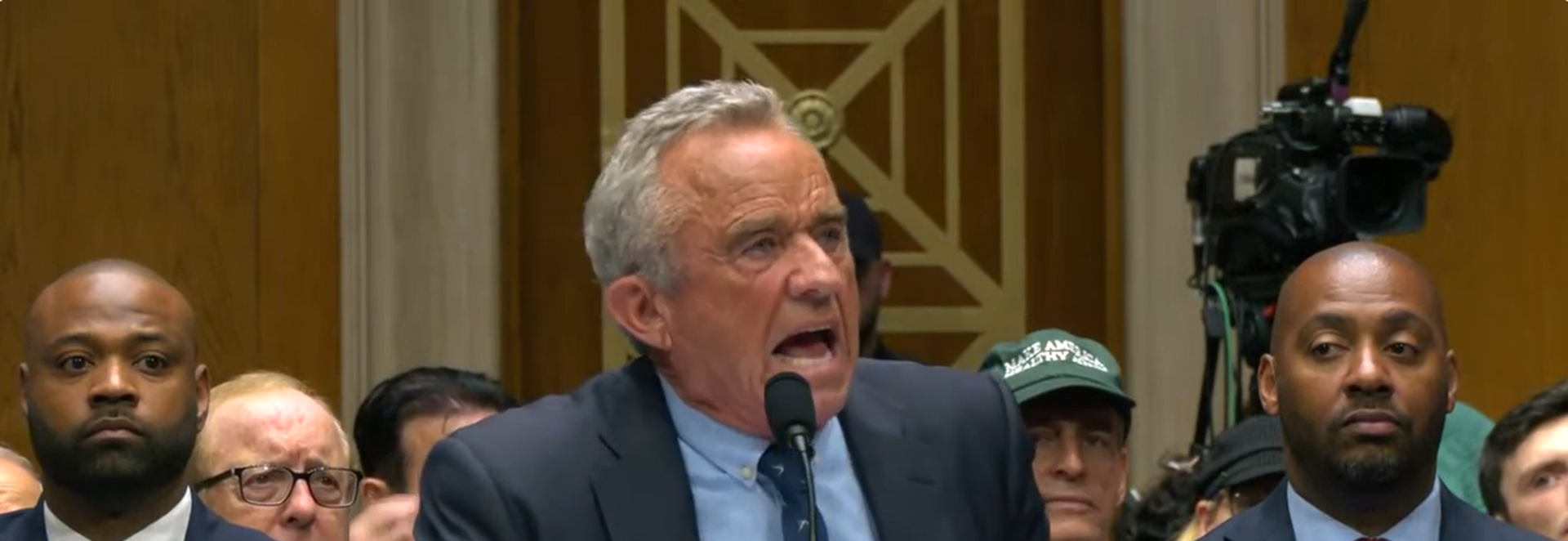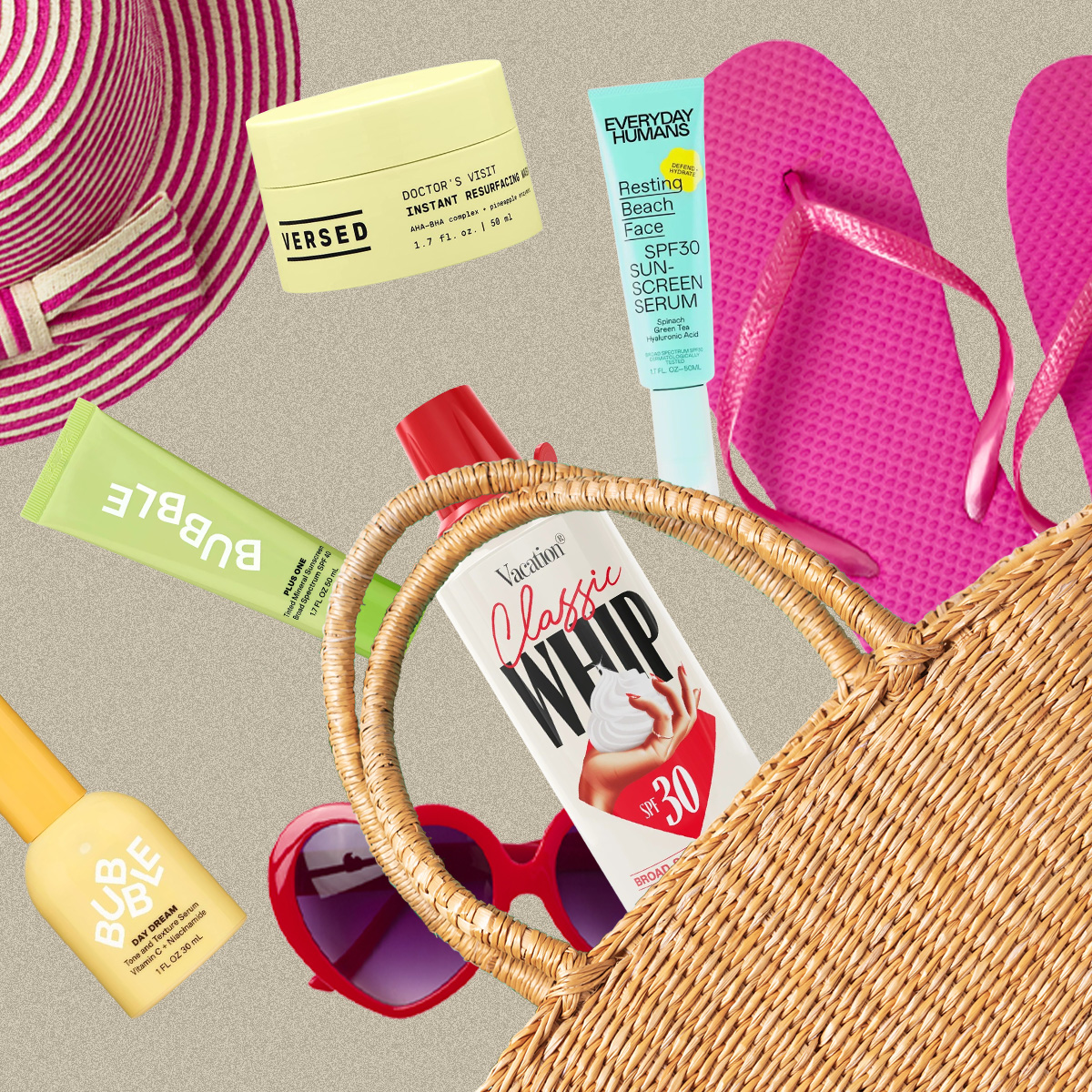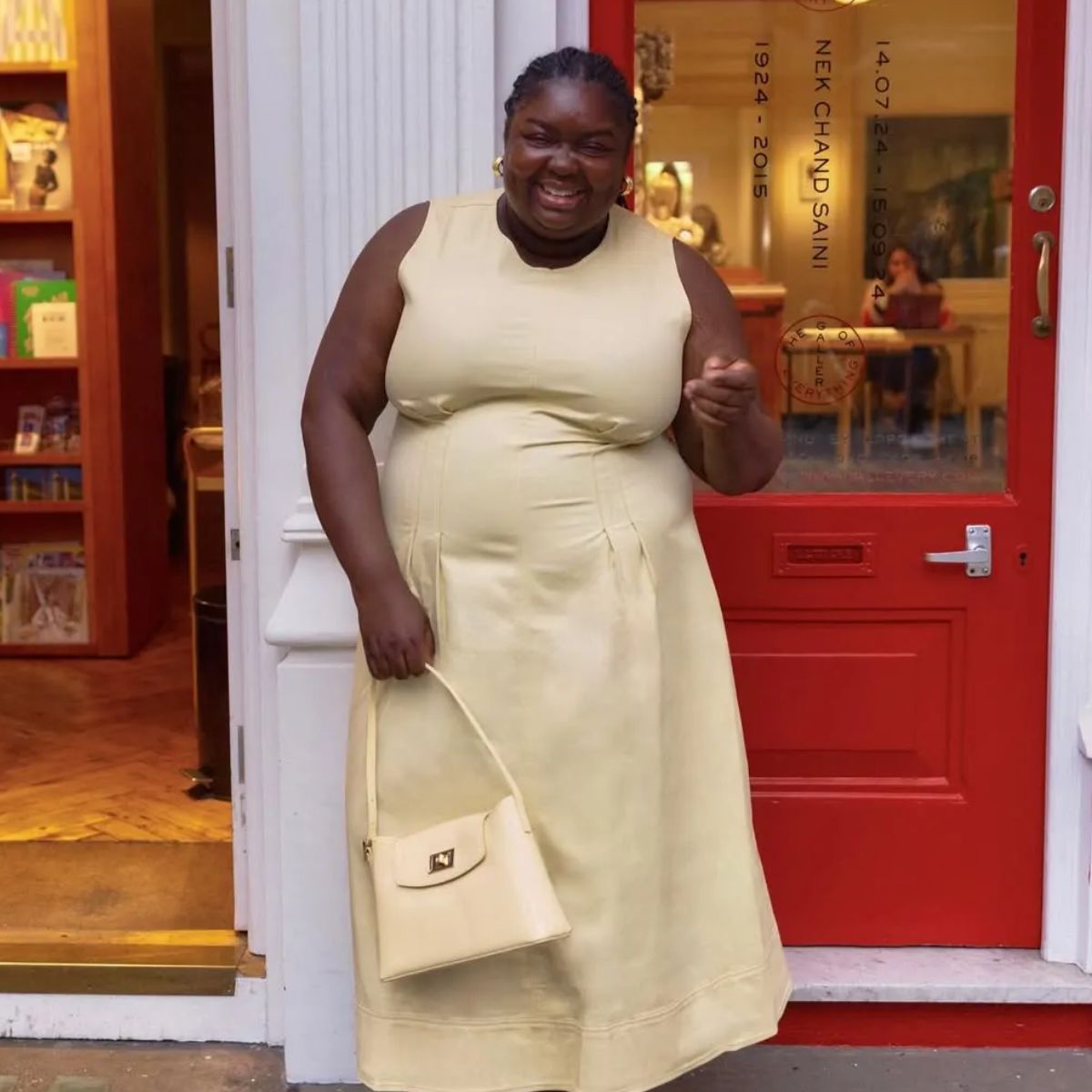Life After Stroke: Liv Rosin’s Story of Healing and Hope
Discover Liv Rosin’s inspiring stroke rehabilitation journey—her fight, healing, and hope to live fully again after a life-changing event.

Introduction
Imagine waking up one day and not being able to move the right side of your body or speak the way you used to. Scary, right? That’s exactly what happened to Liv Rosin, a vibrant 42-year-old teacher, wife, and mother of two. One moment she was leading a normal life, and the next, everything changed. This is the story of her stroke rehabilitation journey—a tale of struggle, resilience, and a fierce determination to reclaim her life.
In this article, we’ll walk you through Liv’s powerful transformation. We’ll look at the ups and downs, the medical miracles, and the small everyday wins that added up to something incredible. Whether you or a loved one is going through a similar journey, or you're simply seeking inspiration, Liv's story is bound to leave a mark on your heart.
What Is a Stroke and How Does It Affect Lives?
A stroke happens when the blood flow to part of the brain is cut off. Without oxygen, brain cells start dying within minutes. Think of it like a power outage in your house—everything goes dark in an instant. And just like rewiring electricity, fixing a stroke’s effects takes time, effort, and support.
Strokes can cause weakness, trouble speaking, and even memory loss. Recovery depends on how fast treatment begins and how the body responds to rehabilitation.
The Day Everything Changed: Liv’s Stroke
It was a regular Wednesday morning. Liv was pouring cereal for her kids when suddenly, her arm gave out and her speech became slurred. Her husband, Mark, recognized the signs immediately—thanks to a stroke awareness campaign—and rushed her to the ER.
Doctors confirmed it was an ischemic stroke. The clock started ticking. She received treatment within the golden window, which likely saved her life—but the road ahead would be long.
The First 72 Hours: A Race Against Time
The first three days after a stroke are critical. Liv was in the ICU, monitored closely for brain swelling and other complications. Her family was terrified, not knowing what the future held.
Thankfully, Liv stabilized. The swelling went down, and she opened her eyes, recognizing her husband. That moment gave her family a sliver of hope.
Initial Rehab Steps: Learning to Sit, Stand, and Speak Again
Before Liv could walk or talk properly, she had to relearn basic movements. Sitting up took all her energy. Holding a spoon was a huge win.
Therapists began visiting her hospital room daily, guiding her through tiny exercises—wiggling toes, lifting fingers, forming simple sounds. Progress was painfully slow, but it was progress.
Family and Friends: The Healing Power of Support
Imagine climbing a mountain—you wouldn’t get far without a rope and someone cheering you on. That’s exactly what Liv’s family became for her: her climbing rope.
Her husband turned their guest room into a mini therapy station. Her kids made “You can do it, Mom!” signs. Friends brought meals and took turns visiting. Their love became a powerful part of her healing.
Physical Therapy: One Step at a Time
Walking again wasn’t a matter of days—it took months. Liv’s right leg dragged. She stumbled. But each day, with the help of her physical therapist, she improved.
Using walkers, canes, and braces, Liv slowly regained mobility. Her mantra? “Left, right, fight.” It reminded her that every step mattered in her stroke rehabilitation journey.
Speech and Language Therapy: Relearning Words
Words used to come naturally. Now, Liv struggled to name everyday items. “Apple” felt as far away as Mars.
Her speech therapist used flashcards, songs, and conversation games. Slowly, Liv regained her voice. The first time she said, “I love you” clearly to her kids again? Not a dry eye in the house.
Emotional Recovery: Healing the Mind and Spirit
Strokes don’t just affect the body—they shake your identity. Liv faced frustration, sadness, and anxiety. Would she ever be the same?
A psychologist helped her process her grief. She journaled, painted, and even tried meditation. Bit by bit, she began to feel whole again—not the same, but not broken either.
Setting Small Goals: Celebrating Little Victories
In rehab, goals weren’t grand. One day, it was buttoning a shirt. Another, brushing her teeth alone.
Each win built confidence. Therapists encouraged her to track milestones. This visual progress became Liv’s fuel—it reminded her how far she’d come.
Nutrition and Rest: Fueling the Healing Process
Good food wasn’t just comforting—it became part of the treatment. A stroke-friendly diet rich in lean protein, vegetables, and omega-3s helped brain repair.
Sleep was also vital. Her body needed downtime to rewire. Liv learned to honor rest as much as therapy.
Occupational Therapy: Reclaiming Daily Life
How do you make tea with one hand? How do you type with a slower arm? Occupational therapy helped Liv adjust to daily tasks.
With smart tools—like grip-friendly mugs and adaptive keyboards—she regained independence. Showering alone again felt like winning the lottery.
Adapting at Home: Creating a Stroke-Friendly Environment
Mark installed rails in the bathroom, removed rugs to prevent falls, and rearranged furniture for easy movement. Liv’s home became her safe zone.
They also set up a small gym corner with resistance bands, a stationary bike, and motivational quotes on the wall.
Support Groups and Community Resources
Liv joined a stroke survivor support group, both in person and online. Sharing stories, struggles, and solutions with others helped immensely.
Community resources offered transportation for rehab visits, wellness classes, and even art therapy. She realized she wasn’t alone—and that changed everything.
Where Is Liv Now? A Glimpse Into Her Present Life
Today, Liv walks with only a slight limp. She’s back to teaching part-time, advocates for stroke awareness, and volunteers at her local rehab center.
She’s not “fully recovered” in the textbook sense, but she’s thriving in her new normal—with purpose, joy, and an unbreakable spirit.
Takeaways From Liv’s Stroke Rehabilitation Journey
Liv’s journey teaches us that recovery isn’t a straight path. It’s a winding road filled with setbacks, hope, and victories both big and small.
Her story reminds us that healing is not just physical—it’s emotional, social, and deeply personal. With the right care, mindset, and support, life after stroke is not only possible—it can be meaningful and beautiful.
Conclusion
Liv Rosin’s story isn’t just about surviving a stroke. It’s about living beyond it, finding strength in the struggle, and building a new version of a joyful life. Her stroke rehabilitation journey is a testament to what’s possible when courage meets care, and when hope refuses to quit.
FAQs
1. How long does stroke rehabilitation typically take?
It varies widely. Some recover within months; others take years. Liv’s recovery is still ongoing three years later, and that’s completely normal.
2. Can someone fully recover from a stroke?
Many regain significant function, but “full recovery” can look different for each person. The brain is amazingly adaptable, but healing takes time and patience.
3. What are the most important therapies in stroke recovery?
Physical, speech, and occupational therapy are key. Emotional and psychological support are just as crucial for long-term healing.
4. How can family members support a stroke survivor?
Be present, patient, and positive. Celebrate small wins, help with appointments, and create a supportive home environment.
5. What lifestyle changes help prevent another stroke?
A balanced diet, regular exercise, quitting smoking, managing blood pressure, and taking medications as prescribed can all reduce the risk.






















































































